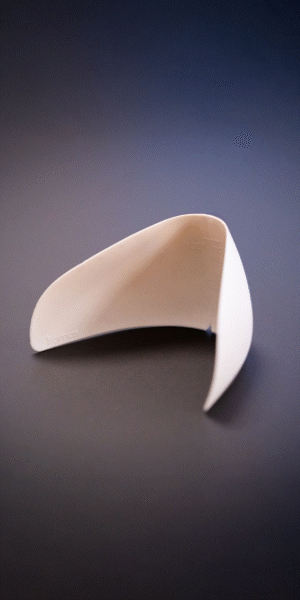RFID tags improve shoe inventory accuracy, tests suggest
A new study from the RFID Research Center at the University of Arkansas appears to confirm that radio-frequency identification (RFID) tags on individual retail items can significantly improve inventory accuracy, even within departments or stores that already have high inventory accuracy.
“Previous research–both ours and that of other groups–has repeatedly demonstrated that RFID has the ability to count inventory quickly and accurately,” says Bill Hardgrave, director of the research centre and professor of information systems in the Sam M Walton College of Business. “Use of this technology leads to improved inventory accuracy and the consequent benefits of fewer out-of-stocks, less safety stock and better ordering and forecasting. Because of its accuracy and reliability, it also eliminates the need for manual counting and large-scale inventories done once or twice a year.”
The study examined the use and impact of RFID on individual items within the shoe and bra divisions at five JCPenney stores. The researchers focused specifically on the effect of an RFID-enabled system on inventory management and accuracy, also taking into account efficiency and accuracy of counting inventory.
In addition to the main finding that RFID increased inventory accuracy, results also suggested that inventory accuracy, as determined by manual counting or conventional inventory-management systems, diminishes over time.
“The baseline data for JCPenney had unusually high inventory-accuracy percentages,” Mr Hardgrave said. “Most systems are inaccurate about 50% or more of the time. But JCPenney’s numbers were far better than the industry average. Initially this fact concerned us because we didn’t expect drastic improvements in accuracy. But at the conclusion of the pilot, it became clear that even retailers with high starting inventory-accuracy numbers can stand to gain from implementation of an RFID system.”
Without RFID or adjustments to the store’s inventory management system, inventory accuracy in the control stores declined by 4.48% over the duration of the study. In other words, using only the store’s inventory management system, understated stock increased by 1.67 percent and overstated stock grew by 2.81 percent. The sum of overstated and understated stock reflects total inventory inaccuracy.
In test stores, inventory accuracy improved by a total of 7.1%, which is a combination of the 4.48% control decrease mentioned above and a pure increase of 2.62 percent attributed solely to the use of RFID.








